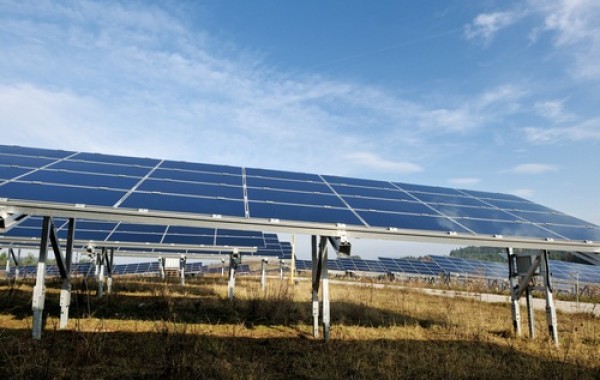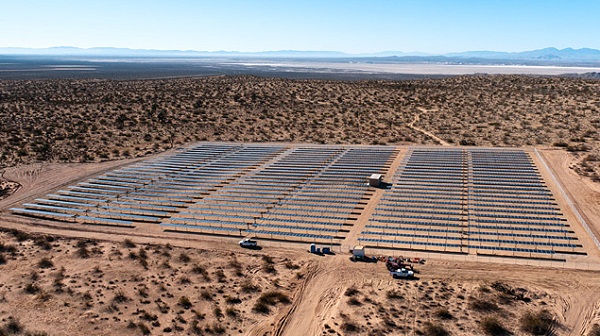The U.S. Army is driving a huge new market for renewable energy, dangling up to $7 billion to purchase power sourced from solar, wind, biomass, geothermal and other alternative-energy technologies.
The announcement – a “Multiple-Award Task Order (MATOC) Request for Proposal (RFP),” in Army parlance – wasn’t unexpected; a year ago the Army formed a task force charged with developing a system for acquiring 2.1 million megawatt-hours of renewable energy annually. At the time, the Army said it expected to spend $7.1 billion dollars over the next 10 years to reach that target.

“One year ago I authorized the Energy Initiatives Task Force (EITF). The announcement of this acquisition vehicle by the U.S. Army Corps of Engineers demonstrates EITF’s progress and the Army’s commitment toward installation energy security, mission readiness and resilience,” Secretary of the Army John M. McHugh said in a statement this week.
The Army isn’t looking to own these projects – quite the opposite. It believes that by doing power-purchase agreements up to 30 years in length with private developers, it can take advantage of the kind of utility-bill-trimming programs that are driving so many companies and homeowners to go solar these days.
“The objective of this acquisition is to procure reliable locally generated renewable and alternative energy (RAE) utilizing Power Purchase Agreements (PPA) or other contractual equivalents,” the Army’s Engineering and Support Center says in a summary of the RFP [PDF]. “It is the intent of the Government only to purchase the energy that is produced and not to acquire any generation assets. The Contractor shall develop, finance, design, build, operate, own and maintain the energy plant.”
If this sounds like yet another Obama administration green program, well, only sort of. The administration is no doubt seizing every opportunity to use government purchasing to drive the cleantech economy, but the inspiration for this program predates President Obama.
It was the Defense Authorization Act for fiscal year 2007 – passed in 2006 under a Republican Congress and signed into law by President George W. Bush – that codified the military’s goal to “produce or procure not less than 25% of the total electric energy it consumes during FY2025 and thereafter from renewable energy sources.”

While solar and wind look to be big players in the Army’s drive, geothermal and biomass could get a boost as well. And then there’s the “alternative energy technologies.” What, exactly, is that? According to the RFP summary: “it includes but is not limited to such items as fuel cells, thermal recovery systems, ocean oscillation power generation systems, energy storage, batteries, micro-grids, low-head flow turbines and other hydroelectric technologies that do not require construction of a dam to implement.”
While big-energy developers figure to gobble up a lot of work available through this solicitation, the Army says it will make an effort to include smaller players: On projects between 4 and 12 MW, the “Contracting Officer will first consider reserving the Task Order for small businesses,” and projects less than 4 MW will be “reserved for small businesses.”